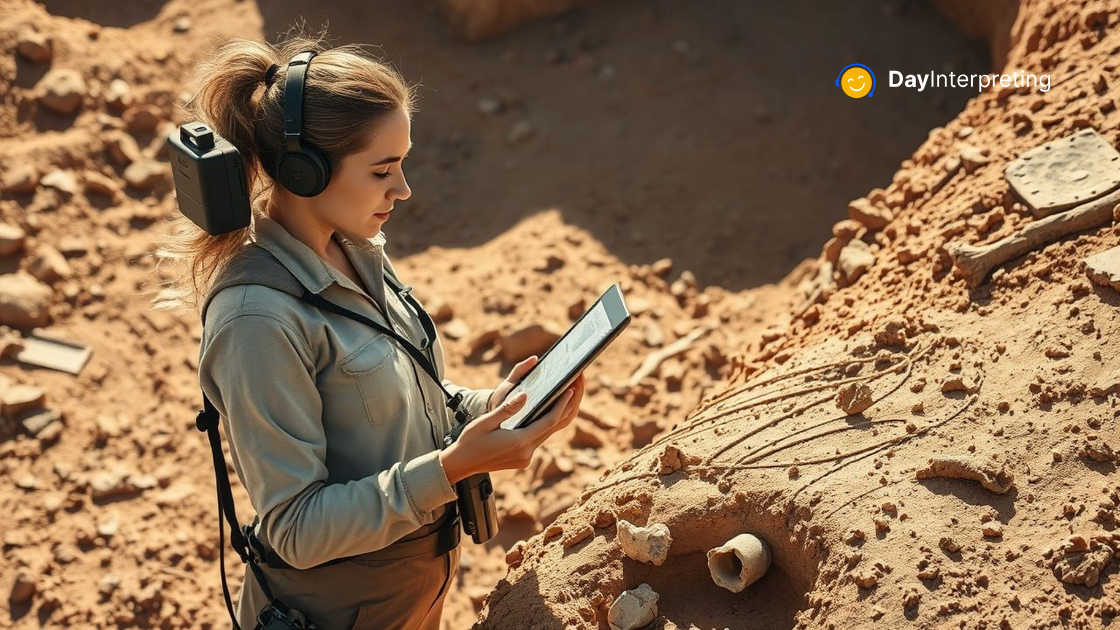Languages are more than just a means of communication—they carry culture, history, and identity. Yet, every two weeks, a language dies, taking with it a unique way of understanding the world. Linguists estimate that nearly half of the world’s 7,000 languages could disappear by the end of the century. Let’s explore the importance of language preservation in the digital era!
The Cultural Significance of Language
Languages shape the way communities see the world. For instance, the Hopi language, spoken by Indigenous people in North America, lacks verb tenses that indicate time, leading to a unique perception of reality. When a language dies, we lose not only words but also the knowledge embedded within them—be it medicinal plant names, folklore, or oral traditions.
The Role of Globalization in Language Preservation
Globalization has played a significant role in the decline of minority languages. Dominant languages like English, Spanish, and Mandarin continue to spread, overshadowing smaller linguistic communities. While multilingualism is valuable, the loss of native languages can lead to cultural erosion.
How Language Preservation Benefits Society
1. Safeguarding Cultural Identity
For indigenous and minority communities, language is a cornerstone of identity. Efforts to revive and maintain native tongues empower these communities and strengthen their cultural heritage.
2. Enhancing Cognitive Abilities
Studies show that bilingual individuals have better problem-solving skills, memory, and cognitive flexibility. Keeping multiple languages alive contributes to linguistic diversity and intellectual enrichment.
3. Advancing Scientific and Medical Knowledge
Many indigenous languages contain words for plants, animals, and healing practices unknown to modern science. Preserving these languages ensures that this valuable knowledge is not lost forever.
The Role of Interpreters in Language Preservation
Interpreters play a crucial role in keeping languages alive. Their work ensures that speakers of endangered languages have access to legal, medical, and governmental services while also raising awareness about linguistic diversity.
1. Interpreting for Indigenous and Minority Communities
Many indigenous and minority-language speakers rely on interpreters to access vital services. Without qualified interpreters, they may face barriers to justice, healthcare, and education.
2. Helping to Revive Endangered Languages
Some interpreters and translators work directly with language revitalization programs, helping to document, teach, and promote endangered languages.
3. Bridging Generations
Interpreters often serve as a link between older generations who speak endangered languages and younger generations who may not. By making these languages accessible, they contribute to their survival.
Language Preservation in the Digital Age
Language preservation isn’t just about words—it’s about people, culture, and knowledge. Interpreters are on the front lines of this effort, ensuring that every voice is heard and every language has a chance to thrive. Whether working in courtrooms, hospitals, or international organizations, interpreters don’t just translate words—they help preserve the very essence of human communication.
As the world becomes more interconnected, the role of interpreters in language preservation is more critical than ever. By valuing and supporting linguistic diversity, we ensure that no language and no culture is left behind.





0 Comments